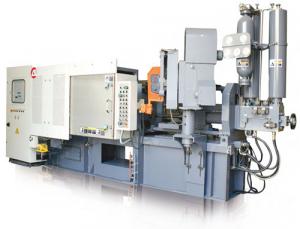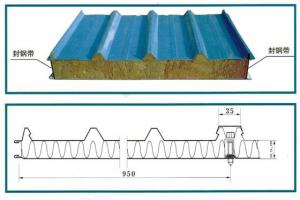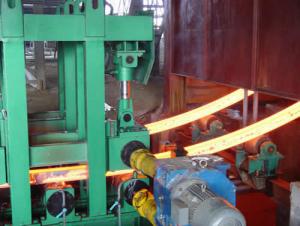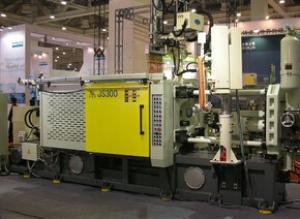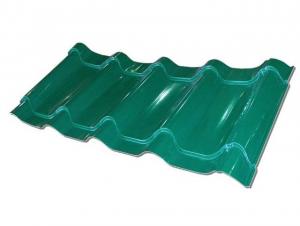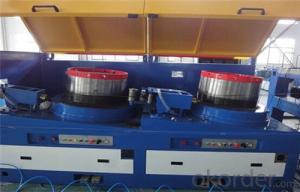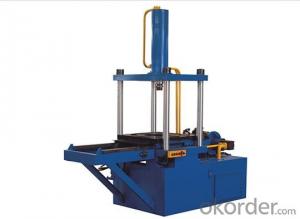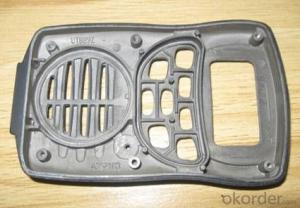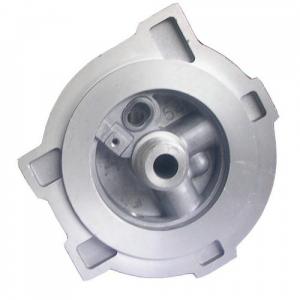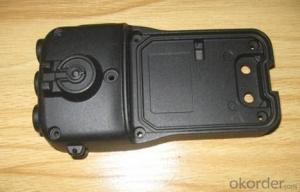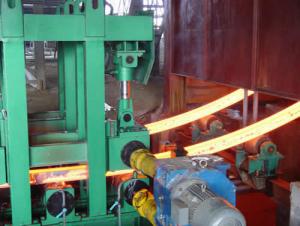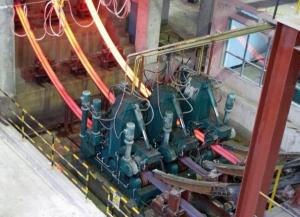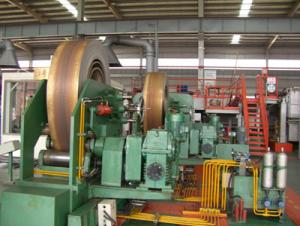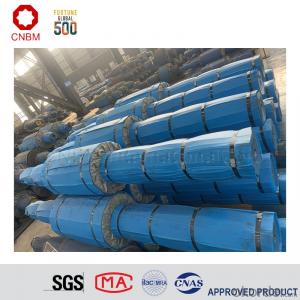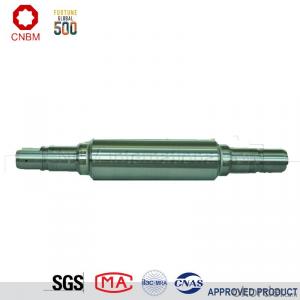Specifications
1.Aluminum die casting machine
2.certificate by bureau veritas
3.30 years history
4.Computer automatic
5.max.injection>6 m/s
Technology process:
1.Heat the EVA film
2.Cover the heated EVA film on the mould(can be made from wood or aluminum)
3.Spray a coating in a certain baume degree
4.Put on the empty blask
5.Sand-up the flask and vibrate to compaction
Packaging & Delivery
Packaging Details:the machine size(L*W*H): 4.8*1.3*21.8 nude packing of machine and wooden case of spares parts etc.
Delivery Detail:in 10 days
